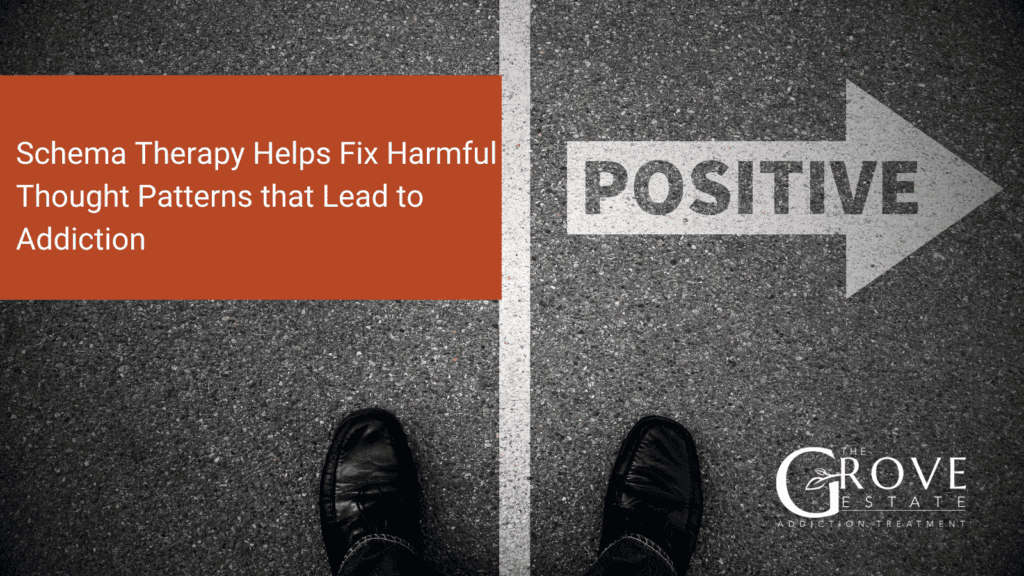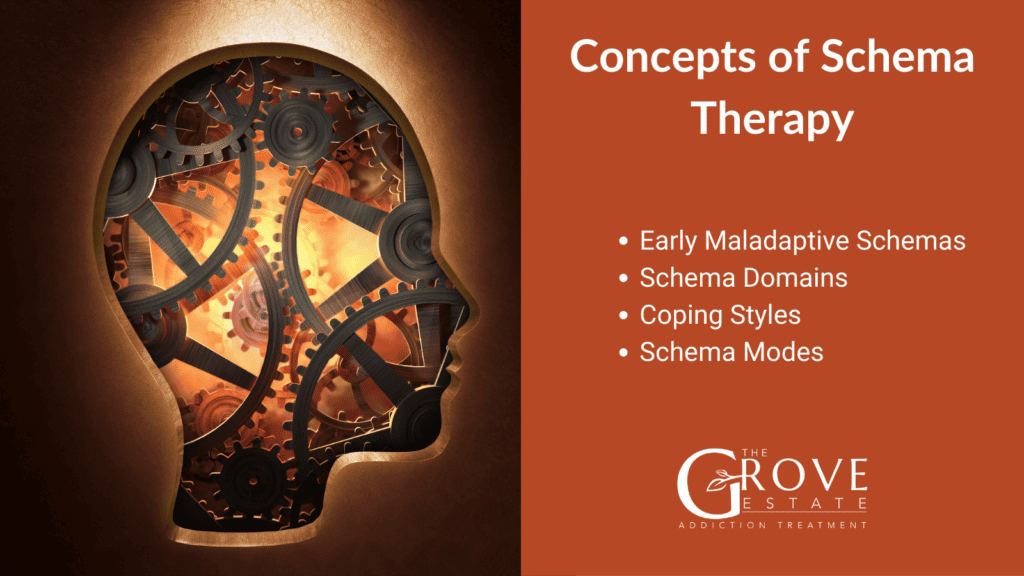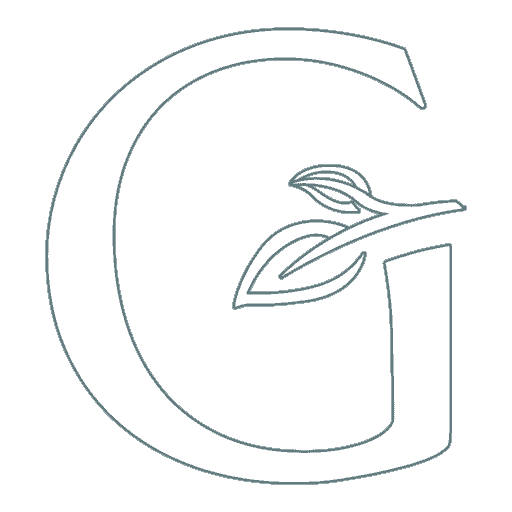Schema therapy represents a comprehensive approach to addiction treatment, focusing on the underlying maladaptive schemas or patterns that contribute to addictive behaviors. In this therapeutic method, individuals explore and challenge deeply ingrained beliefs and behavioral patterns that often fuel substance abuse.
The central concept of schema therapy involves identifying and modifying these early maladaptive schemas, aiming to create lasting changes in thought processes and behaviors associated with addiction.
Schema therapy employs cognitive, behavioral, and experiential techniques to dismantle destructive patterns and foster healthier coping mechanisms, often exploring childhood experiences, challenging negative thought patterns, and cultivating adaptive strategies. By targeting addiction’s root causes, schema therapy provides a holistic framework for overcoming substance abuse.
Research highlights schema therapy’s effectiveness in addressing the psychological factors contributing to addiction, making it a valuable, evidence-based approach.
What Is Schema Therapy?
Schema therapy is a highly effective integrative psychotherapy that combines theories and techniques from various existing therapies, including cognitive behavioral therapy (CBT), psychoanalysis, and attachment theory.
Developed by Jeffrey E. Young, this therapeutic approach strongly emphasizes empathic confrontation when responding to clients’ schemas and behaviors. It is particularly beneficial in treating personality disorders and chronic Axis I disorders like schizophrenia, especially when other therapies have proven ineffective.
This approach centers around the concept of schemas, which are individuals’ beliefs used to interpret the world around them. Schemas or patterns in schema therapy consist of negative and dysfunctional thoughts and feelings that develop early in life due to the need for connection, autonomy, and other factors. Additionally, schema-focused therapy, a related psychotherapeutic technique, aims to change unhealthy and self-defeating behavior patterns through a combination of effective techniques.
The Schema Therapy model incorporates four main concepts: Early Maladaptive Schemas, Schema Domains, Coping Styles, and Schema Modes. This comprehensive framework allows therapists to address various aspects of an individual’s mental and emotional well-being.
How Does Schema Therapy Work in Addiction Treatment?
Schema Therapy is a valuable approach to addiction treatment, offering practical tools and insights to facilitate recovery. It involves providing patients with Schema “packets” in drug and alcohol treatment centers. These packets contain exercises and worksheets aimed at raising awareness of active Schemas, identifying negative behaviors, and guiding individuals toward positive adjustments.
The core objective of Schema Therapy in addiction treatment is to transform deep-seated beliefs, enabling individuals to adapt and cope with the challenges of their environment more effectively. For those undergoing substance abuse treatment, schema therapy serves as a valuable tool, aiding individuals in adapting and coping throughout their recovery journey.
Research consistently supports the efficacy of schema therapy in treating substance abuse and addiction, emphasizing its positive impact on behavior change and emotional regulation. Dual Focus Schema Therapy (DFST) stands out as a specialized approach designed to address both substance use disorder and personality disorders concurrently. It integrates relapse prevention with targeted work on early maladaptive schemas—a unique feature that contributes to its effectiveness.

What Are the Different Modes of Schema Therapy?
There are several different types or modes of Schema Therapy, which are used to address specific aspects of a person’s emotional difficulties and underlying schemas. These modes include:
- Child Mode: This mode focuses on addressing the needs and emotions of the inner child, helping individuals reprocess unresolved childhood experiences and traumas.
- Parent Mode: In this mode, individuals explore the internalized parental messages and critical voices that contribute to their maladaptive schemas and behaviors.
- Healthy Adult Mode: The Healthy Adult Mode represents the ideal state of emotional regulation and self-care. It helps individuals learn to soothe their emotional pain and meet their own needs in a healthy way.
- Dysfunctional Coping Modes: These modes involve maladaptive coping strategies, such as avoidance, surrender, or overcompensation, which individuals may employ to deal with emotional distress.
- Happy Child Mode: This mode aims to help individuals access and nurture their inner child’s positive emotions and needs, fostering self-compassion and self-nurturing.
- Angry Child Mode: Addressing the expression of anger and frustration from the inner child is important for individuals with schemas related to abandonment or emotional deprivation.
- Overcompensator Mode: This mode involves individuals adopting extreme behaviors or attitudes to compensate for their perceived inadequacies.
- Surrender Mode: In this mode, individuals may give in to their schemas and engage in self-destructive behaviors or self-sabotage.
- Punitive Parent Mode: This mode is characterized by harsh self-criticism and self-punishment, often stemming from internalized critical voices from childhood.
- Detached Protector Mode: People in this mode may emotionally detach or disconnect from their feelings to avoid emotional pain.
Schema Therapy practitioners utilize these different modes to tailor their therapeutic approach to each individual’s specific schema patterns and emotional difficulties. The goal is to help clients understand, challenge, and eventually transform their maladaptive schemas and coping strategies for lasting emotional well-being.

What Are the Core Concepts of Schema Therapy?
The core concepts of schema therapy revolve around four main pillars: Early Maladaptive Schemas, Schema Domains, Coping Styles, and Schema Modes.
Early Maladaptive schemas are self-defeating patterns developed during childhood, forming the basis of individual struggles.
Schema Domains categorize the broad emotional needs of a child, shaping their psychological landscape.
Coping Styles in schema therapy refer to the adaptive strategies individuals employ to navigate schemas and cope with the impact of damaging childhood experiences.
Concurrently, Schema Modes encapsulate the moment-to-moment emotional states and coping responses.
What Techniques Are Used in Schema Therapy?
Schema Therapy Techniques aim to incorporate experiential-emotional and interpersonal techniques alongside traditional cognitive and behavioral methods. The therapy’s experiential techniques, such as imagery and chair work, help clients reach the emotional side of the brain for deeper change. Imagery, for instance, accesses early childhood memories and associated feelings, while chair work facilitates dialogues between different parts of the self or with significant others.
Schema Therapy also emphasizes the therapist-client relationship, using strategies like limited reparenting and empathic confrontation. Cognitive techniques include schema diaries, flash cards, while behavioral methods may involve assertiveness training, empathy training, and exposure tasks.
How Long Does Schema Therapy Take?
Schema therapy is a medium to long-term therapy, typically lasting between six months and two years. The length of therapy depends on individual goals, the nature of difficulties, and the time and energy devoted to therapy work. There is no standard guideline for how long schema therapy should take, and breaking down deeply ingrained schemas can be a lengthy process. Schema therapy is often considered a long-term intervention that lasts as long as needed.
What are The Benefits of Schema Therapy in Addiction Treatment?
Schema therapy treats addiction by replacing negative coping behaviors with healthy strategies for satisfying unmet childhood needs. Specific schemas common in addiction include mistrust, emotional inhibition, social isolation, and defectiveness. By focusing on individual schemas, schema therapy promotes self-compassion and emotional awareness to support long-term recovery.
Research shows schema therapy effectively decreases substance abuse and addiction pathology in both individual and group formats. Combined with EMDR and relapse prevention techniques, schema therapy also reduces PTSD, depression, and personality disorders often co-occurring with addiction. Through schema coping skills and self-nurturing exercises, schema therapy empowers self-reliance critical for maintaining sobriety.
Ultimately schema therapy interweaves trauma-informed care, attachment theory, and cognitive restructuring to transform addiction by meeting the unfulfilled emotional needs driving self-medication. By replacing childhood schema coping behaviors with healthy adult strategies, schema therapy sustains motivation essential for overcoming addiction.
What Is the Coping Style of Schema Therapy?
There are four primary coping styles in schema therapy:
- Overcompensation
- Avoidance
- Surrender,
- Healthy adult coping.
Overcompensation confronts problems aggressively. Avoiders withdraw from challenging emotional triggers. Those who surrender give in to schemas resignedly. Healthy adult coping integrates the healthiest strategies, facing difficulties adaptively.
Is Schema Therapy the Same as CBT?
Schema Therapy (ST) is not the same as traditional Cognitive Behavioral Therapy (CBT). While CBT is a widely used therapeutic approach, Schema Therapy offers a distinct focus on personality dysfunction by immediately addressing schemas and related developmental processes.
Unlike CBT, Schema Therapy tends to be initiated when CBT has not been successful for patients, emphasizing specific concentration on schemas. Schema Therapy and CBT differ in their approach to emotional problems, with Schema Therapy highlighting the expression of emotions rather than control.
Schema Therapy, an integrative approach derived from CBT, is designed for chronic personality problems. It incorporates elements of CBT, psychoanalysis, and attachment theory.
How Can the Grove Estate Help?
At The Grove, we understand that each individual’s path to recovery is unique, and while we’ve discussed the potential of Schema Therapy, it’s just one of many approaches we consider. Our dedicated team is committed to offering a personalized treatment experience, tailored to your specific needs. We provide a diverse range of therapeutic options, ensuring a holistic approach to your recovery. If you’re seeking support in overcoming addiction, we invite you to discover how The Grove can help you find your path to lasting wellness. Contact us today to learn more about our comprehensive treatment programs and begin your journey to healing.

Share This Post



